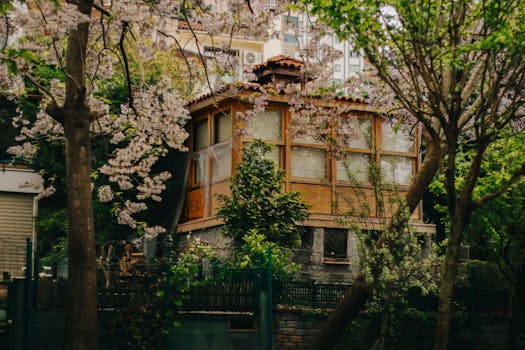
Urban Green Spaces: The Future of Outdoor Living in European Cities by 2025
Urban Green Spaces are becoming increasingly important in European cities, and for good reason. As the world becomes more urbanized, the need for green spaces has never been more pressing. Not only do they provide a tranquil escape from the hustle and bustle of city life, but they also play a crucial role in maintaining the physical and mental health of urban residents.
Introduction to Urban Green Spaces
Urban Green Spaces refer to any area of greenery within an urban environment, including parks, gardens, green roofs, and green walls. These spaces are designed to provide a range of benefits, from improving air quality and mitigating the urban heat island effect, to promoting physical activity and mental well-being.
Benefits of Urban Green Spaces
The benefits of urban green spaces are numerous and well-documented. Some of the most significant advantages include:
- Improved air quality: Urban green spaces can help to remove pollutants from the air, improving the overall air quality and contributing to a healthier environment.
- Mitigation of the urban heat island effect: Green spaces can help to reduce the temperature in urban areas, making them more comfortable and reducing the risk of heat-related illnesses.
- Promotion of physical activity: Urban green spaces provide opportunities for physical activity, such as walking, cycling, and sports, which can help to reduce the risk of chronic diseases and improve overall health.
- Improved mental health: Spending time in nature has been shown to have a positive impact on mental health, reducing stress and anxiety and improving mood.
European Cities Leading the Way
Many European cities are leading the way in terms of urban green spaces, with innovative designs and initiatives being implemented to create more sustainable and livable cities. Some examples include:
- Stockholm, Sweden: The city’s Hammarby Sj%C3%B6stad district is a model for sustainable urban planning, with green roofs, green walls, and a range of other green spaces.
- Copenhagen, Denmark: The city’s Copenhagen Climate Adaptation Project aims to create a more sustainable and resilient city, with a focus on green infrastructure and urban green spaces.
- Barcelona, Spain: The city’s Superblock program is transforming the city’s streets into green spaces, reducing traffic and promoting pedestrian-friendly areas.
Challenges and Opportunities
While urban green spaces offer many benefits, there are also challenges to be addressed. Some of the key issues include:
- Funding: Creating and maintaining urban green spaces can be expensive, and funding can be a significant challenge.
- Space: In densely populated cities, finding space for green areas can be difficult.
- Management: Effective management of urban green spaces is crucial to ensure they remain safe, clean, and well-maintained.
Conclusion
Urban Green Spaces are a vital component of sustainable and livable cities. As European cities continue to grow and develop, it is essential that we prioritize the creation and maintenance of these spaces. By doing so, we can create healthier, more sustainable, and more resilient cities for generations to come.






